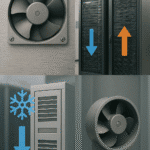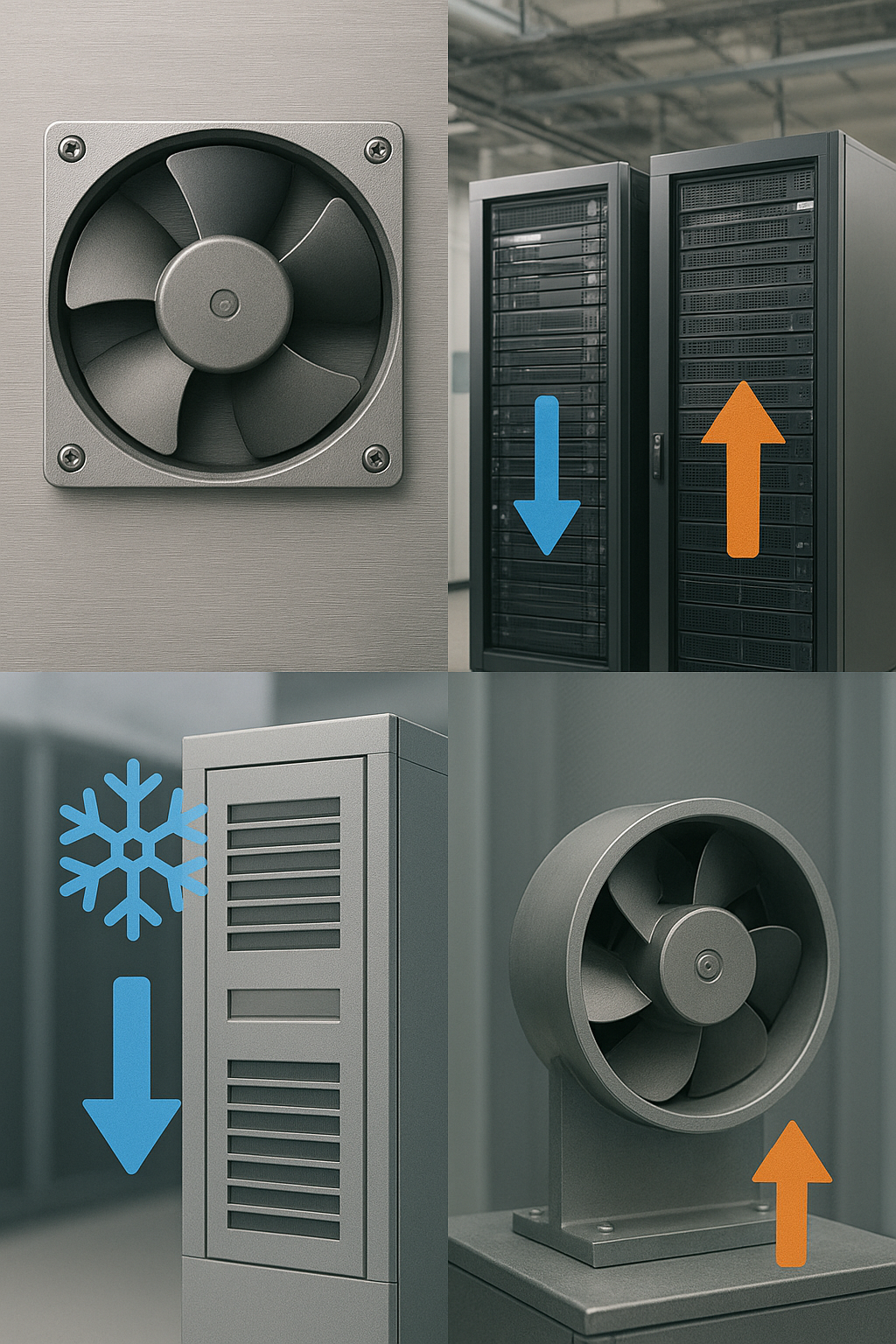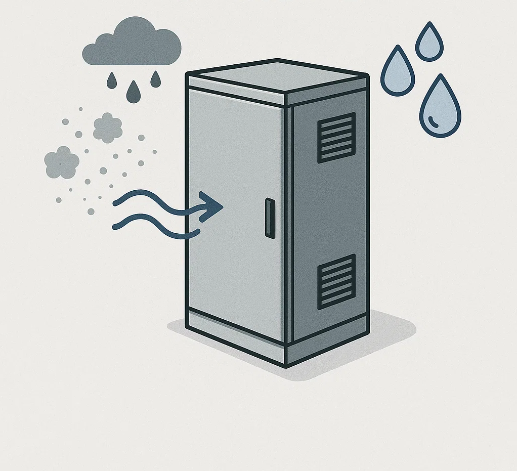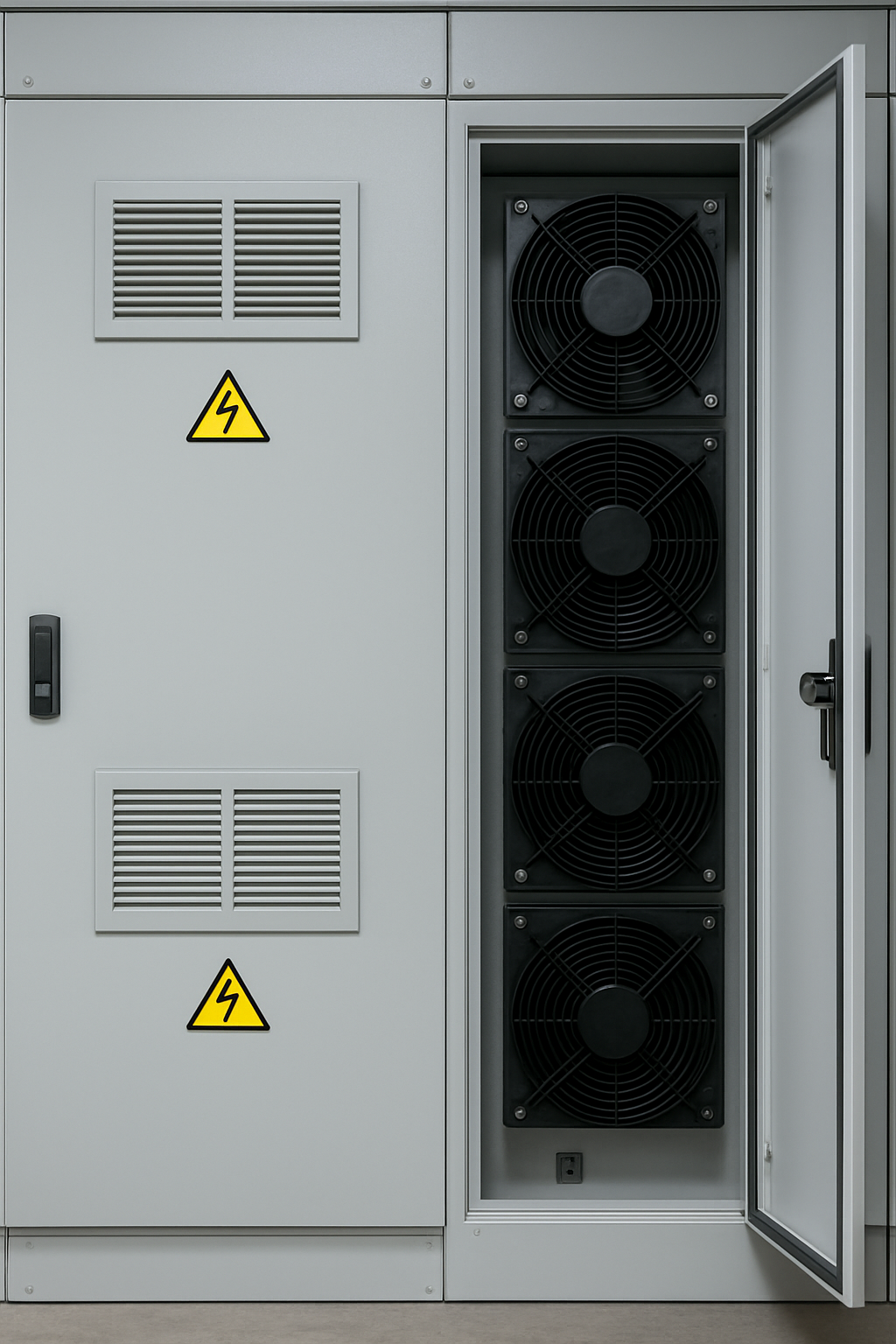
- FIND A DISTRIBUTOR
- APPLY FOR REGIONAL SALES

Efficient airflow management in data centers is critical to maintaining stable IT equipment performance and reducing energy

In the actual operation of railway and urban rail transit system equipment, cabinet microenvironments such as heat

The temperature rise in medium-voltage switchgear has always been a key concern for customers. Due to design,

Why Is Proper Airflow Evaluation So Critical? In industrial fan environments—think electrical cabinets, energy storage systems, and

Overheating kills equipment. Wrong enclosure size or cooling specs cause failures. Want reliable systems? Let’s nail the

Static pressure is air resistance in enclosures. lt lowers fan airflow, reduces cooling, andrisks overheating.Enclosure Cooling

To select the right enclosure fan and avoid overheating, you must accurately calculate required airflow (CFM or

Your control panel just shut down the line again, didn’t it? Heat inside that metal box might

Network devices, particularly servers, produce significant heat within confined areas. With advancements in technology, modern servers are

Industrial leader in enclosure thermal management
Copyright © 2025. All rights reserved.